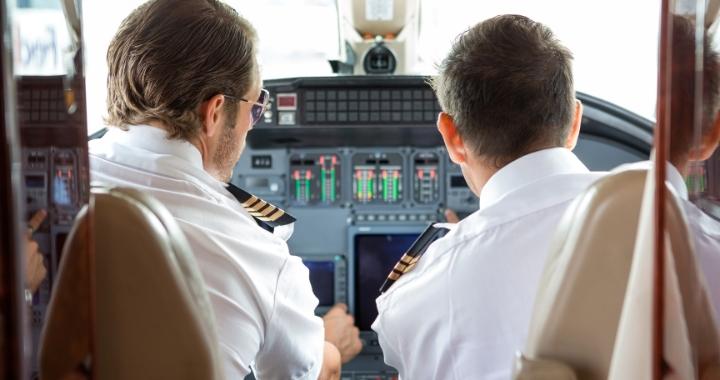While flying may seem like an independent activity, there are certain situations that require more than one qualified pilot aboard an aircraft. A safety pilot is an essential crew member who monitors flight operations to help prevent hazards. They serve as an extra set of eyes, helping the Pilot in Command (PIC) scan for traffic, watch instrumentation, and communicate with air traffic control.
Having a safety pilot is required in specific training exercises like simulated emergencies or instrument practices. They are also important when the PIC’s vision may be limited, such as during simulated instrument flight or instruction involving advanced maneuvers. However, not all pilots have the necessary qualifications, currency, ratings, and endorsements to act as safety pilots.
Today, we will explore the requirements that a pilot must meet in order to discharge the important responsibilities of a safety pilot. Let’s examine the qualifications required of a safety pilot so they can adequately supplement the PIC’s skills and maintain safe operations.
Before you dive in, be sure to check out our range of JetBeds. Made in the USA, Jetbeds are the most comfortable way to fly!

Safety Pilot Requirements
Acting as a safety pilot carries an immense responsibility – that of flight observation and potential aircraft control. To fulfill this role legally and competently requires meeting specific qualification standards. Let’s examine these requirements in more depth.

Medical Certificate
All safety pilots must hold a valid FAA medical certificate demonstrating appropriate physical and mental fitness for flight duties. At a minimum, a Third-Class medical is needed for most single-engine airplanes. Ensuring medical eligibility is important, as a safety pilot’s sharp vision and quick decision-making may be critical in emergencies. Certificates typically last 1-2 years, so pilots must stay current. Physicians approved by the FAA conduct comprehensive exams evaluating factors like blood pressure, vision, and medical history to certify flight safety.
Minimum Flight Experience
When serving as a safety pilot for another qualified pilot in command, the safety pilot should have sufficient flight time and experience. Required flight hours vary depending on the aircraft make/model and intended pilot role. When assisting the PIC, a minimum of 25 hours total time with 10 hours in make/model is advisable. This experience aids competent monitoring and adequately supplements the vision of the PIC when necessary. Acting as Pilot-in-Command requires meeting aircraft-specific hours qualifications. Maintaining an up-to-date logbook demonstrates ongoing proficiency.
Instrument Rating
For simulated instrument flight, the safety pilot must hold an instrument rating. This allows the safety pilot to fully monitor all instrument approaches and assume control of an aircraft should the pilot in command become spatially disoriented in simulated instrument conditions. Any portion of flight performed under simulated instrument conditions necessitates an Instrument Rating. During these operations, the safety pilot alone can reference aircraft instrumentation. Their rating confirms the ability to properly execute approaches, monitor headings and altitudes, and assume control should spatial disorientation affect the pilot.
Aircraft Qualifications
Not only must safety pilots be certified medically – but the aircraft itself must also qualify. As the potential alternative pilot, necessary means of guidance and control are a top priority. At a minimum, the aircraft must be equipped with a fully functioning dual-control setup. This enables the safety pilot to intervene decisively from their observer seat if needed.

Careful adherence to safety pilot standards reduces risks inherent in training flights and situations with pilot visibility limitations.
In summary – safety pilots must have a valid medical, sufficient flight experience, appropriate ratings, and fly in aircraft properly certified to carry out their role. Qualifying properly ensures the safety pilot is a competent observer capable of monitoring the flight and taking command of the aircraft being flown to maintain safety. Pilots serving in this role bear responsibility for legitimate qualification and current proficiency. Their competency directly impacts the overall level of safety aboard the aircraft
All safety pilots should meet these core requirements. As referenced in this post on “how many pilots fly a plane“, having an additional competent observer in the aircraft can only increase safety. With your safety assured with the presence of a safety pilot you can settle into your JetBed stress-free. Your jet seats can be as comfortable as your king-size bed at home making in-air sleeping as relaxing as possible. With different options depending on the aircraft in mind, JetBed is a must-have for a blissful rest.

